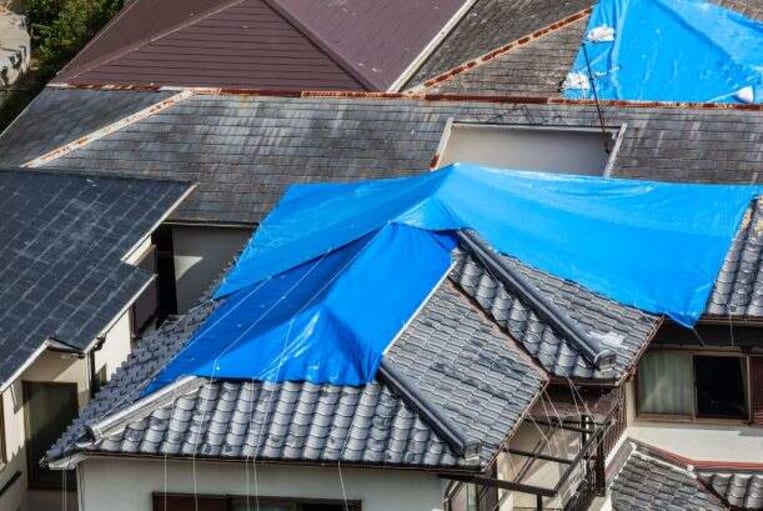
BBB Tip: Plan, prepare, respond and recover. Protect your business from a natural disaster

No matter what time of year it is, weather, natural disasters, fire, or any other emergency can impact a business.
What you'll learn:
-
How to identify the biggest natural disaster risks to your business.
-
Steps to create an effective response and recovery plan.
-
Ways to prepare in advance to protect employees, customers, and company data.
Identify your biggest risks
No matter what time of year it is, weather, natural disasters, fire, or other emergencies can impact a business. Understanding the risks in your area is the first step to preparedness.
-
Lightning can start fires, knock out power for days, or damage networks through power surges.
-
Severe thunderstorms often bring heavy rain, hail, high winds, and even tornadoes, all of which can damage property and disrupt operations.
-
Flash flooding can occur quickly during summer storms, putting equipment, paperwork, and sensitive data at risk.
-
Wildfires or hurricanes may cause long-term displacement or closure.
It’s important to review the most common threats in your region and plan ahead to minimize disruptions.
Response and recovery
There are two critical components of a disaster plan: response and recovery.
-
Response covers what you do as the disaster is happening to keep employees, customers, equipment, and property safe.
-
Recovery focuses on getting your business back to full operations after the event.
Response plan
A response plan should begin with clear communication:
-
How will you inform employees and customers about closures or reduced operations?
-
Which systems can stay running, and which need to be shut down immediately?
-
How will you protect sensitive consumer and financial data from loss or theft?
Consider cybersecurity in your plan — disasters often create opportunities for cybercriminals. Keep off-site backups, enable cloud storage, and maintain secure VPN access for remote work if your office is inaccessible.
Recovery plan
The goal of recovery is to restore business operations as quickly as possible. That may mean:
-
Making temporary repairs to continue partial operations.
-
Relocating employees to backup workspaces.
-
Ensuring off-site or cloud-based backups are restorable.
Practice your plan regularly through drills and tabletop exercises. Update it at least once a year or after every major weather season to keep it relevant.
Have a contingency plan
A business contingency plan prepares your company for long-term disruption. If your facility is severely damaged or destroyed, this plan should cover:
-
Alternative workspace arrangements for employees.
-
Temporary relocation options or remote work solutions.
-
Steps for working with insurance companies, local agencies, and contractors to rebuild.
-
Continuity of supply chain and vendor relationships.
Prepare in advance
Once you have assessed the risks and created plans to respond to disasters as well as recover from both short- and long-term business disruptions, it’s time to put into place all the necessary components of those plans.
Examples of advance preparations may include:
-
Backups of important information: this may include insurance documentation, computer hard drive backups
-
Spare equipment stored offsite: dependent on the type of business
- Copies of disaster and recovery plans for all employees
-
Arrangements for alternative workspace or backup locations.
This is not a comprehensive list. What your business needs will depend largely on the specific type of work your organization does, the specific threats from potential disasters that might occur throughout the year, and how much flexibility you have before recovering your entire company.
Rebuilding and moving forward
When recovering and rebuilding, always research before hiring contractors. Use BBB.org for a list of Accredited Businesses, including restoration contractors, tree services, and debris removal.
Also, consider strengthening your cybersecurity plan. Disasters can leave businesses vulnerable to fraud and cyberattacks targeting customer and employee information.
For more information
Stay prepared with BBB's storm resources and tips.
Learn more about winter storm preparedness.
BBB of Northern Colorado and Wyoming contributed to this article.
Still Need Assistance?
Contact Your Local BBB
Your local Better Business Bureau can assist you with finding businesses you can trust. Start With Trust®.
Additional Resources
Let BBB help you resolve problems with a business
Research and report on scams and fraud using BBB Scam Tracker
Learn more about the value of BBB Accreditation